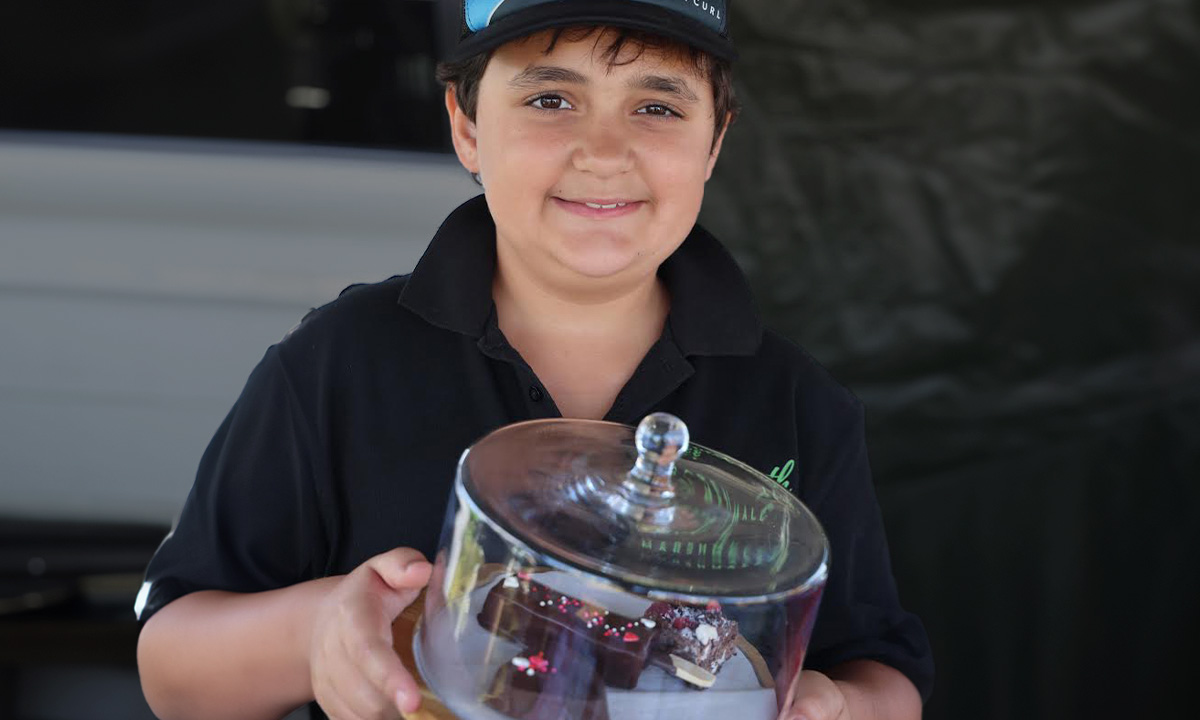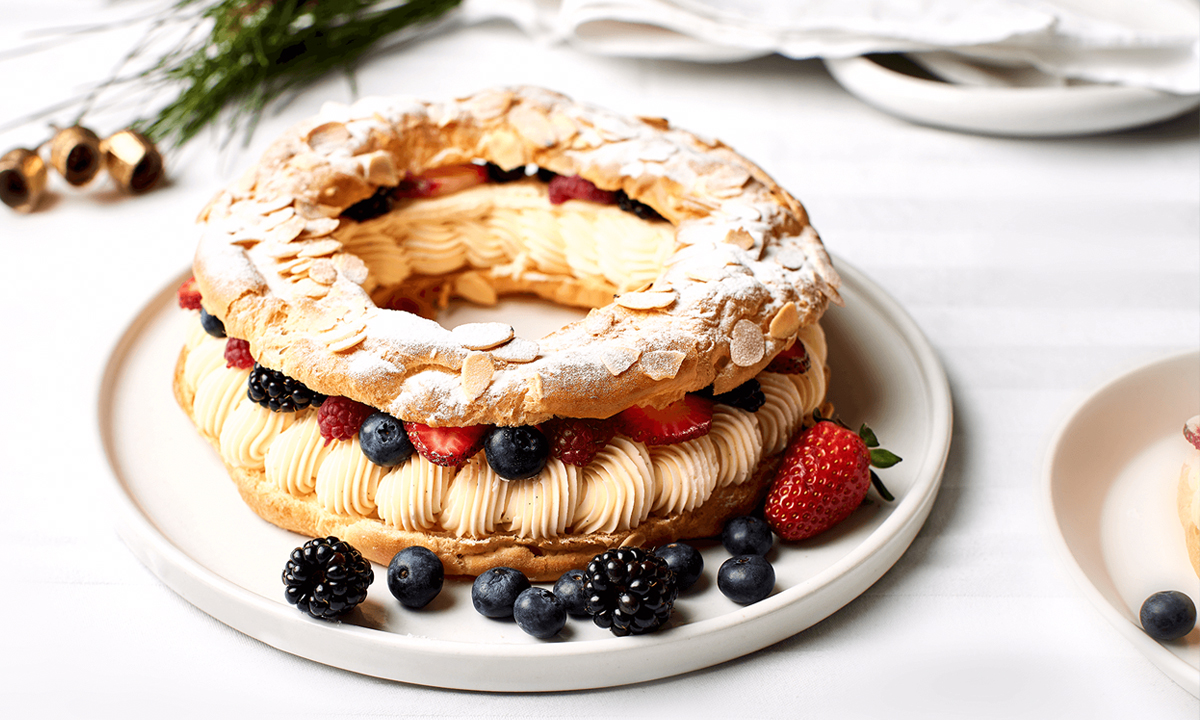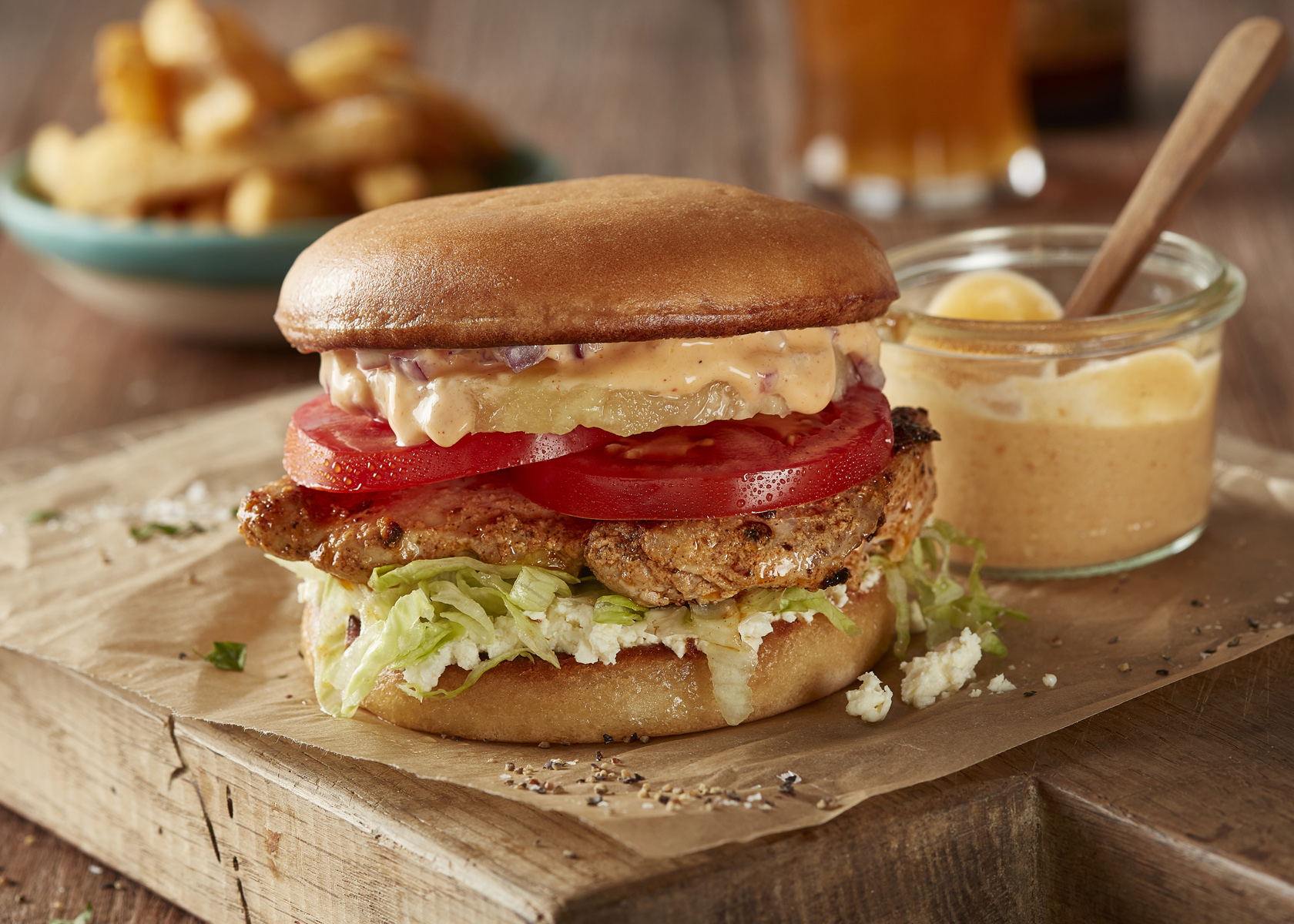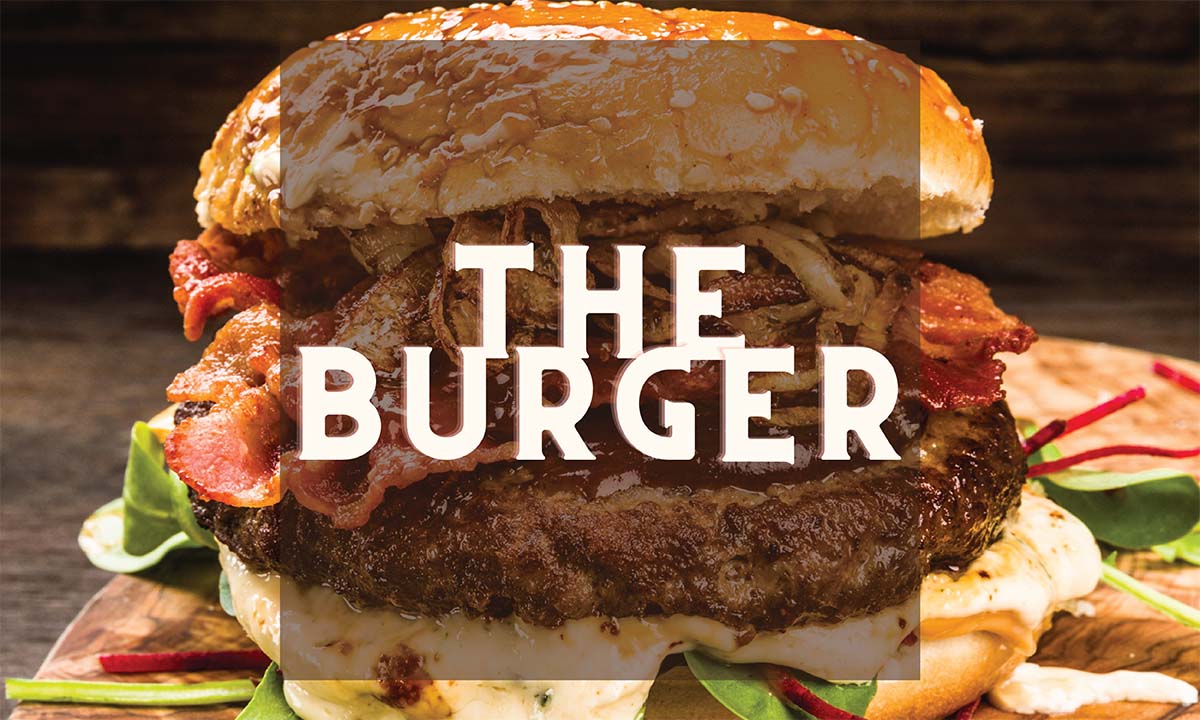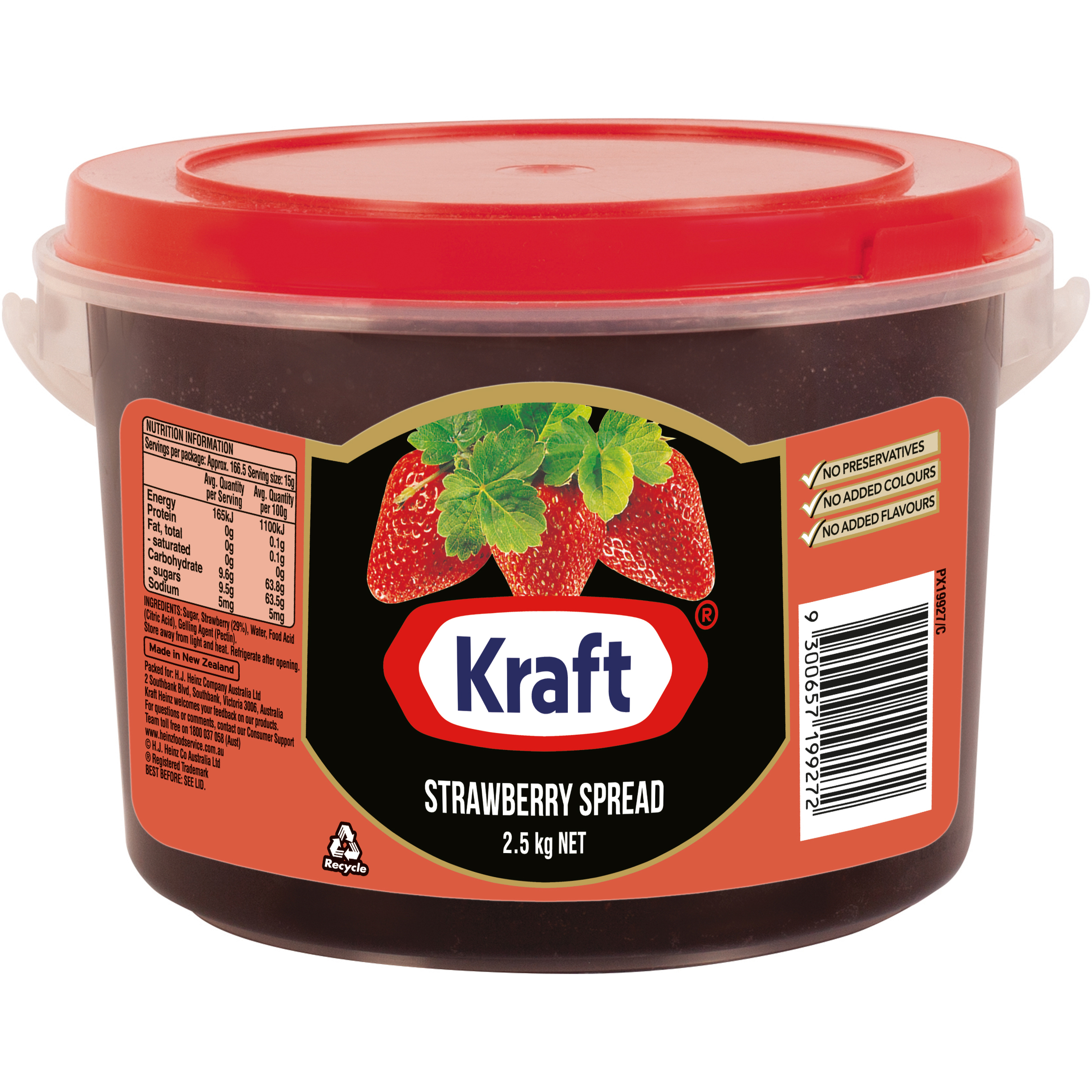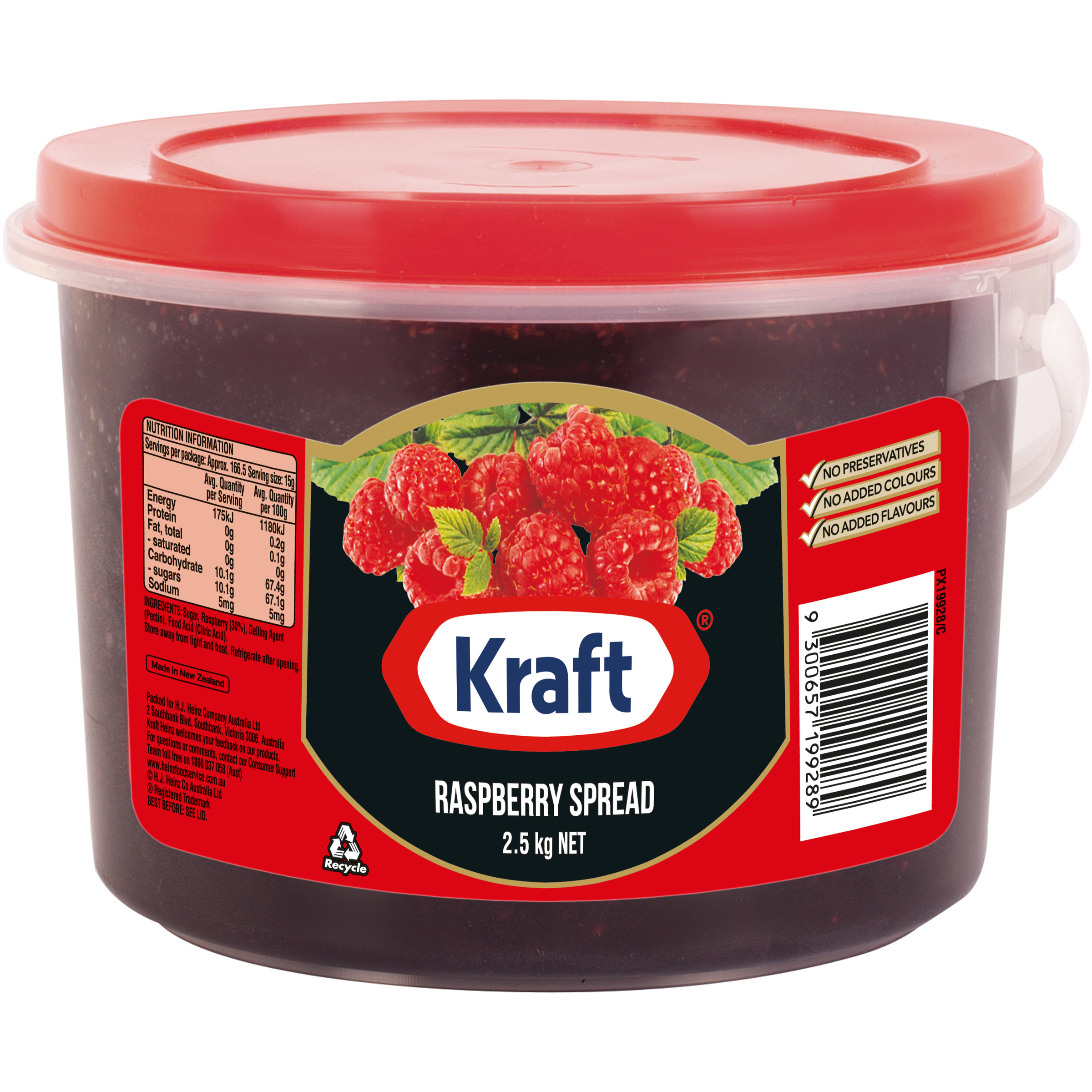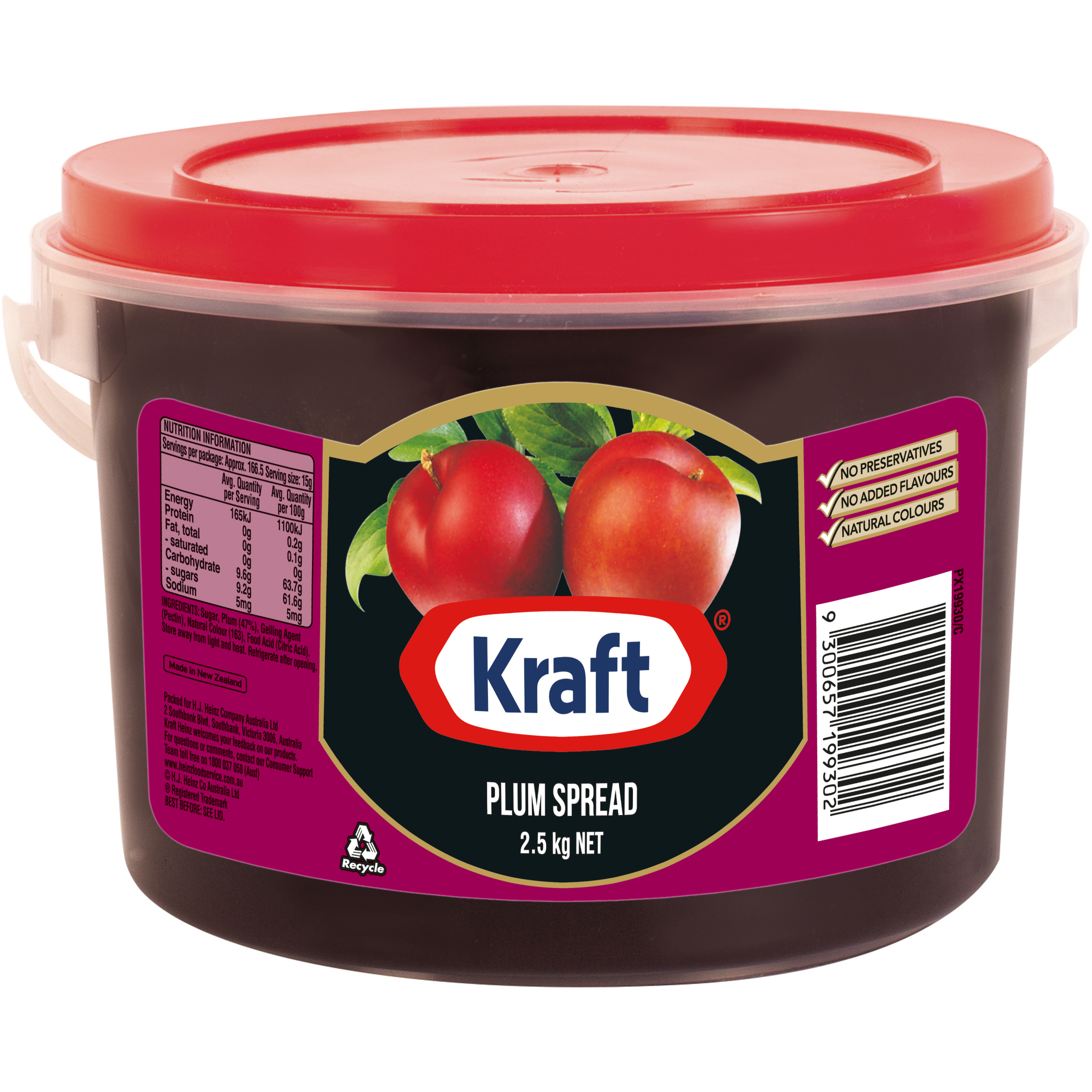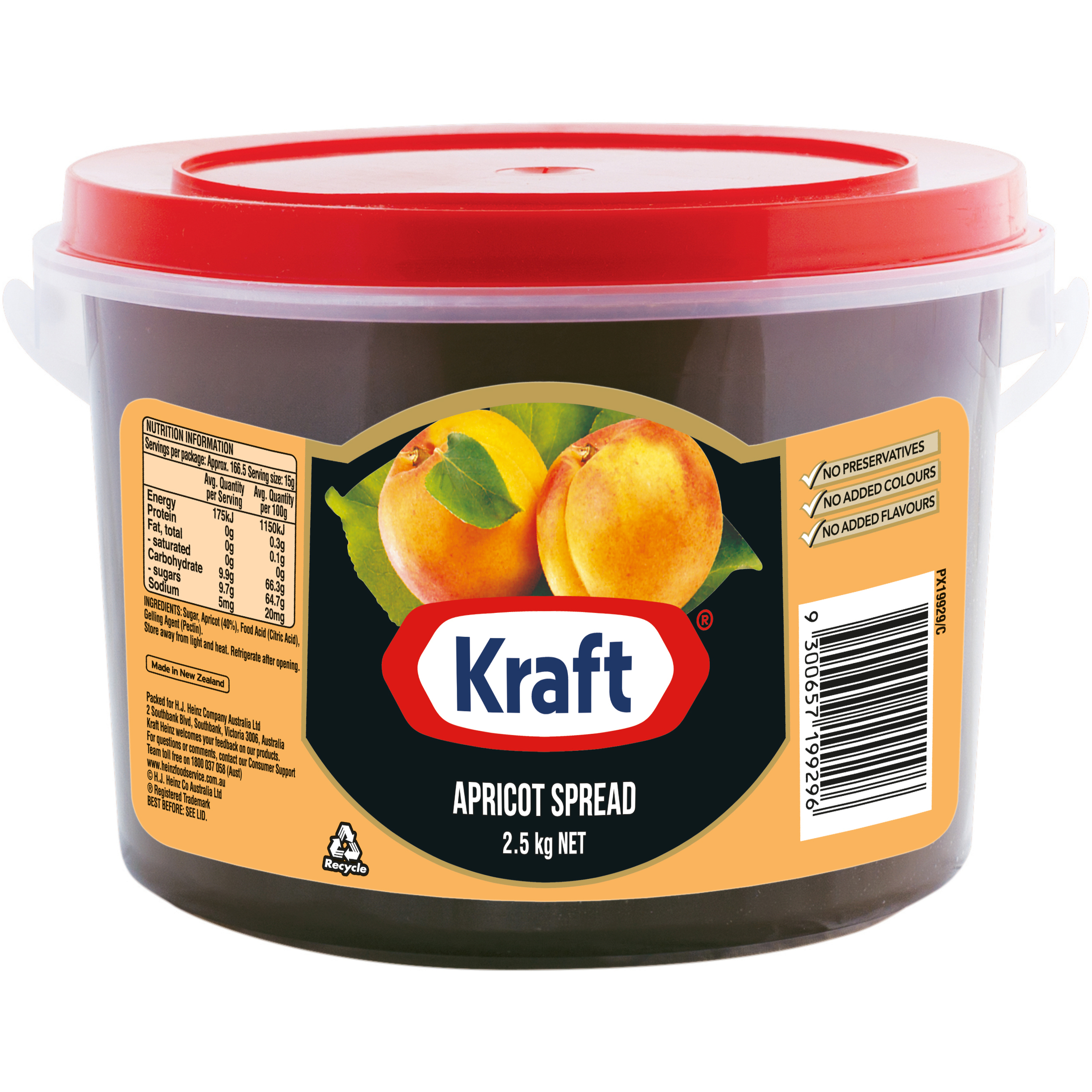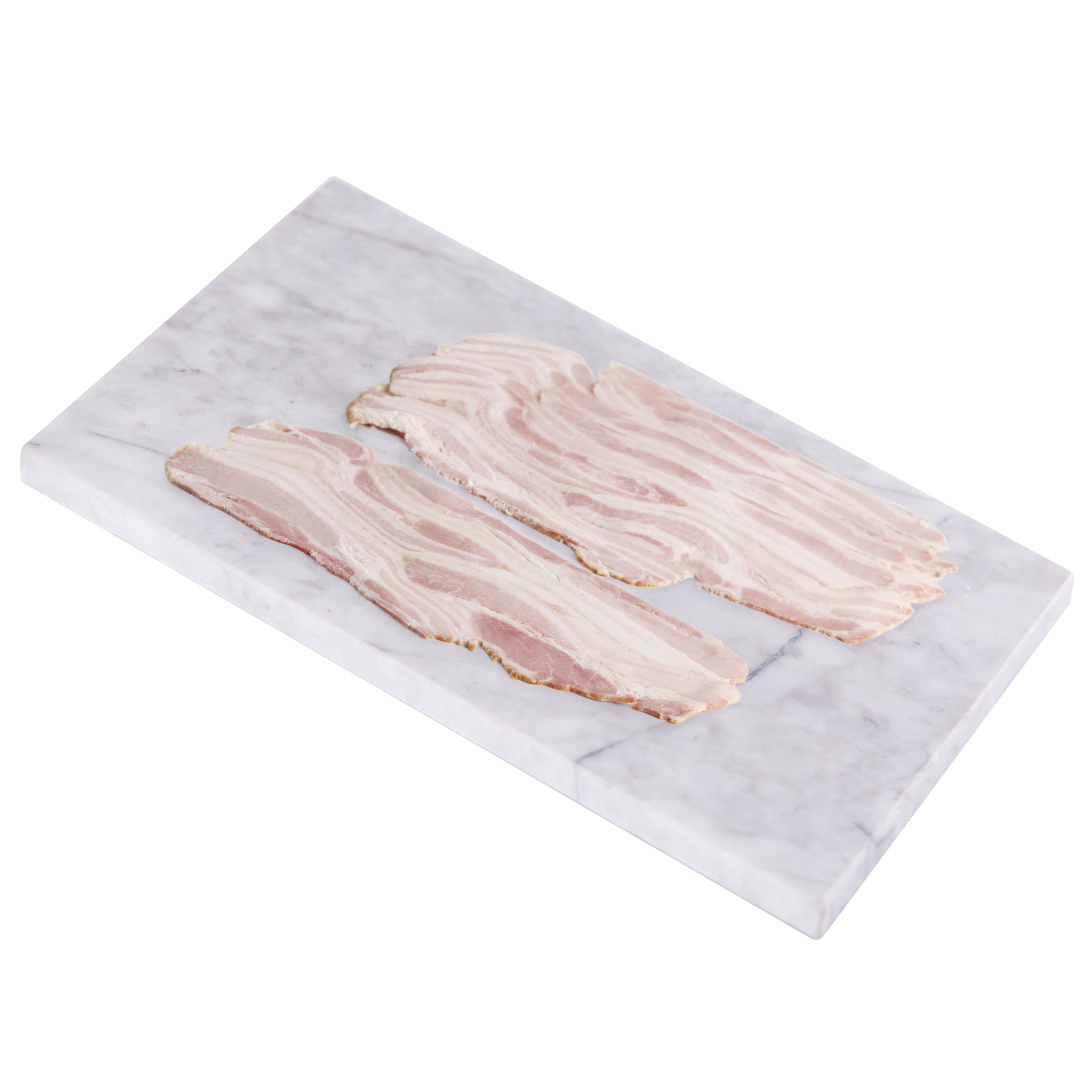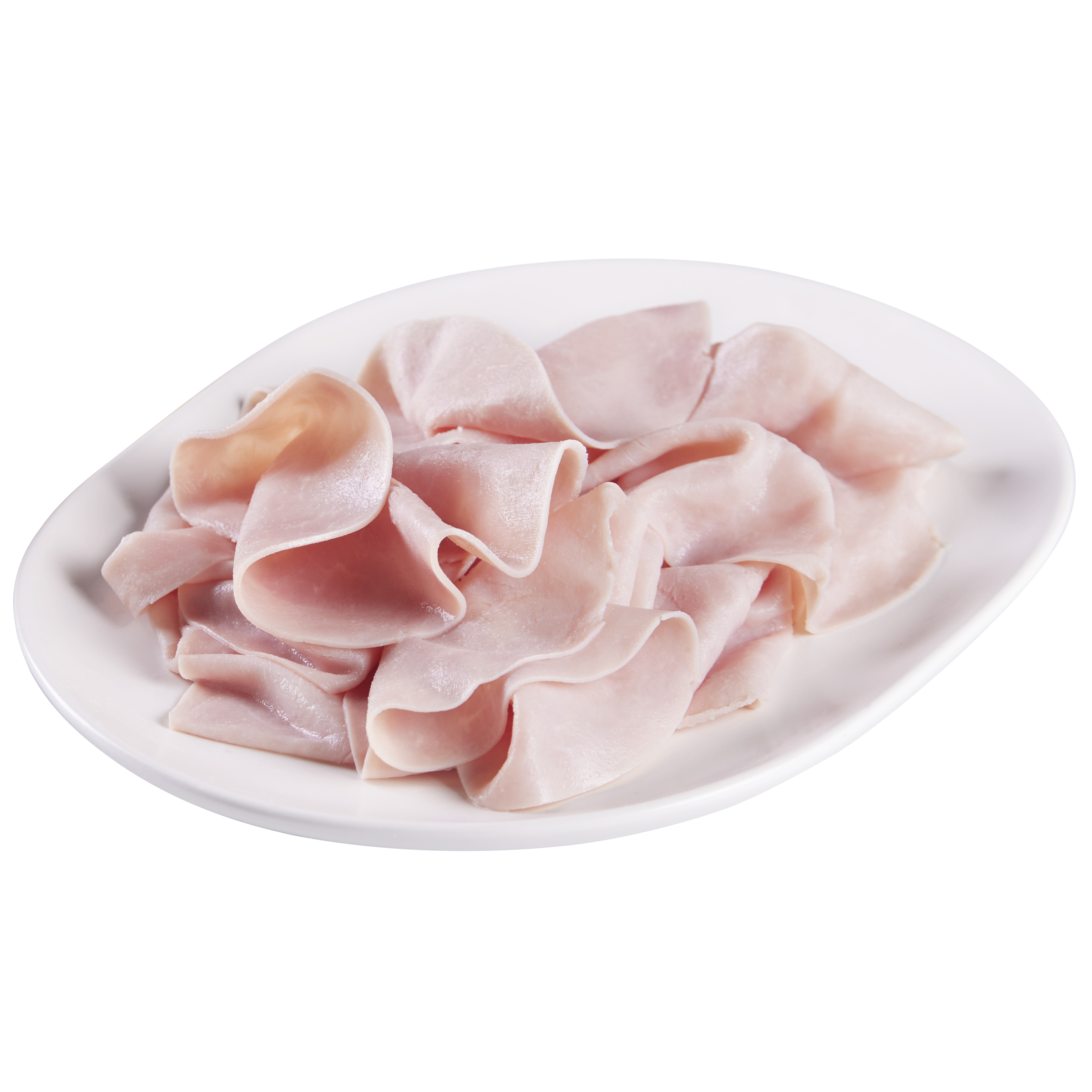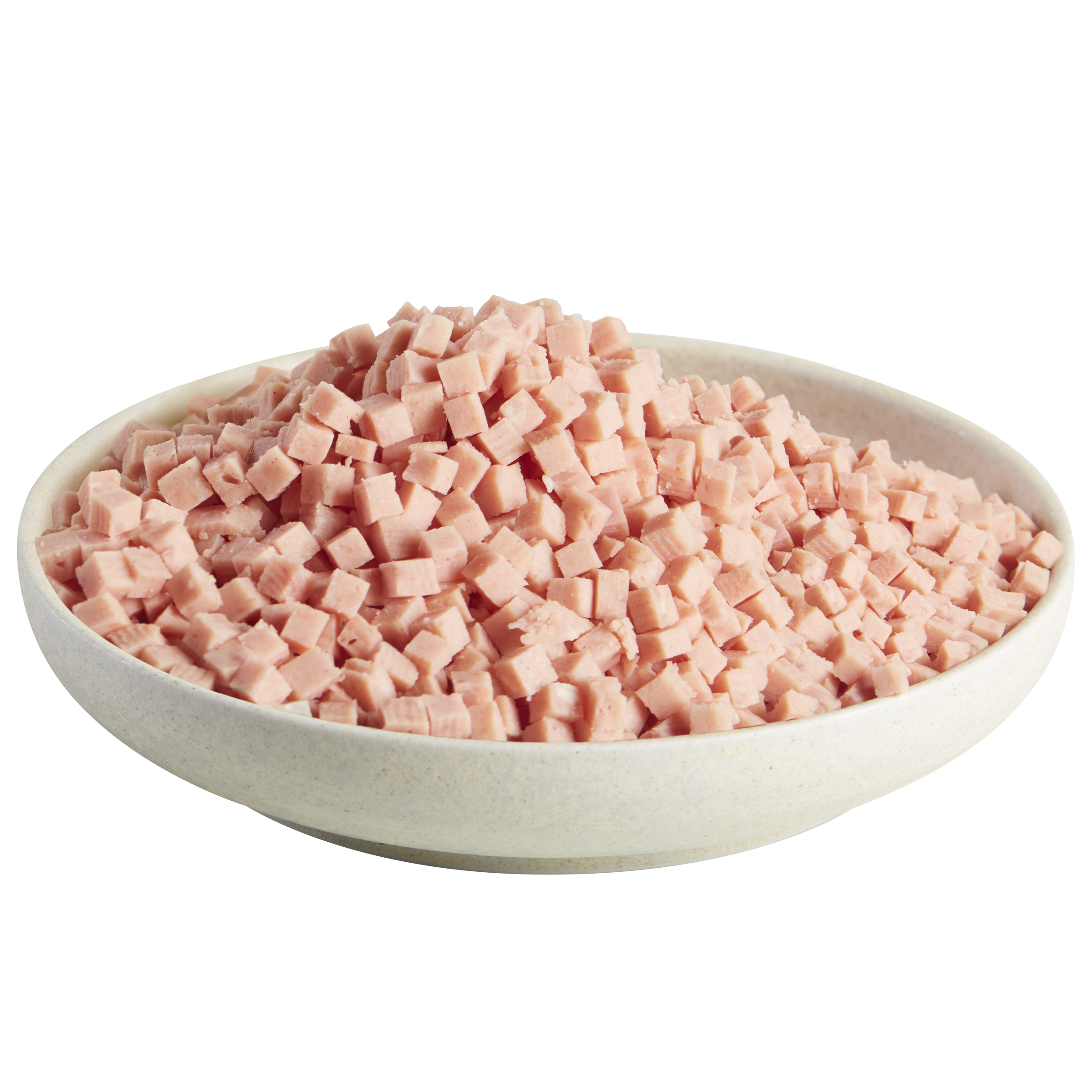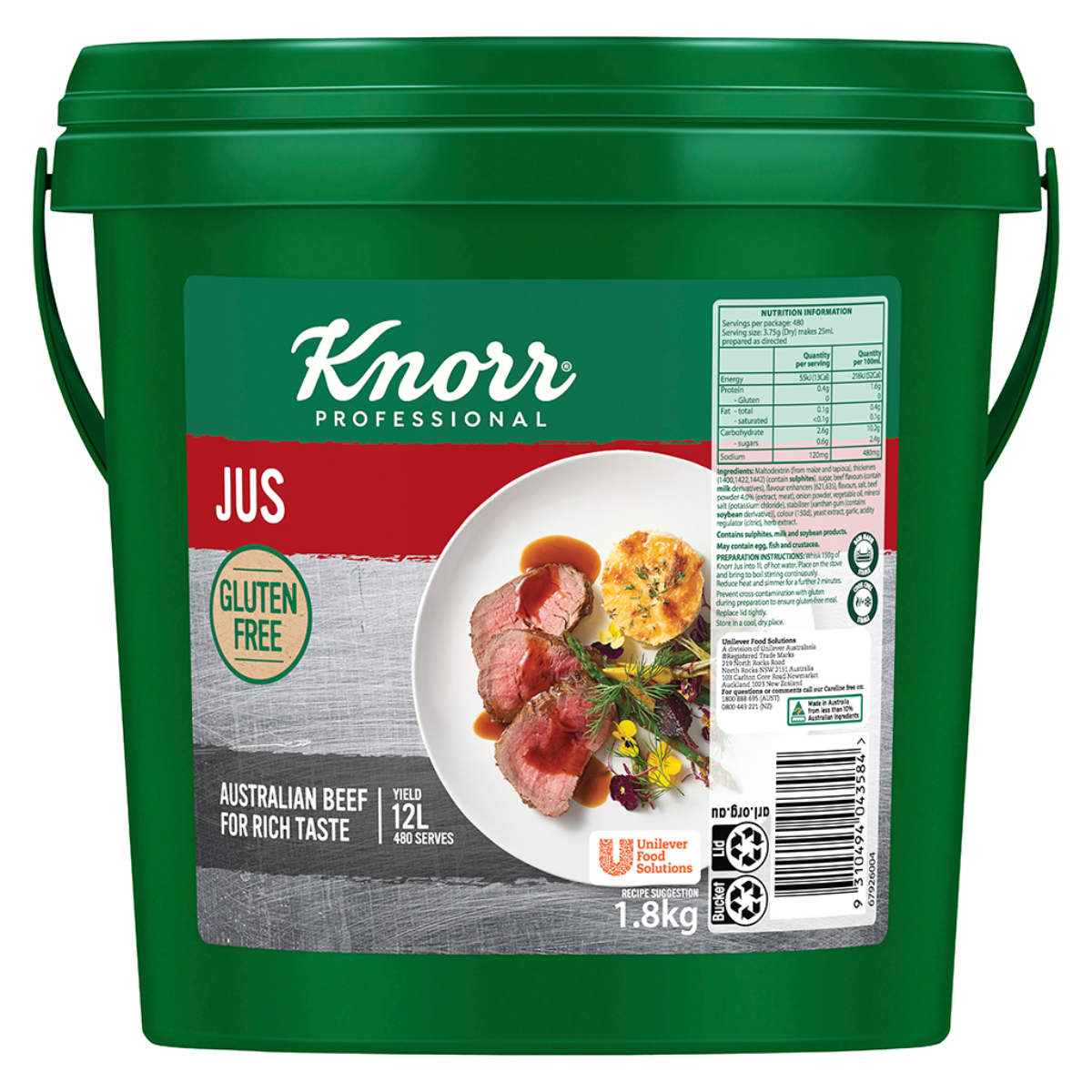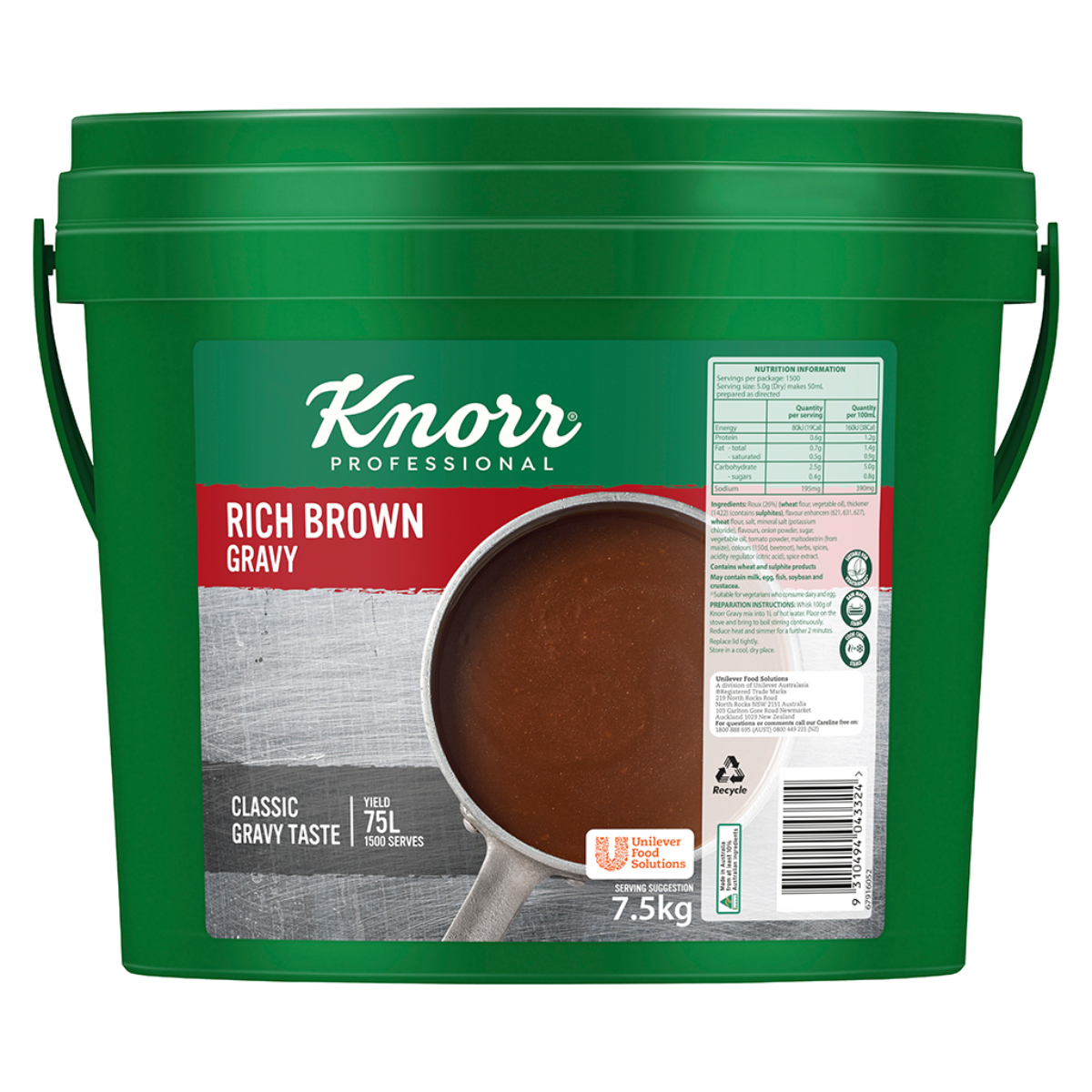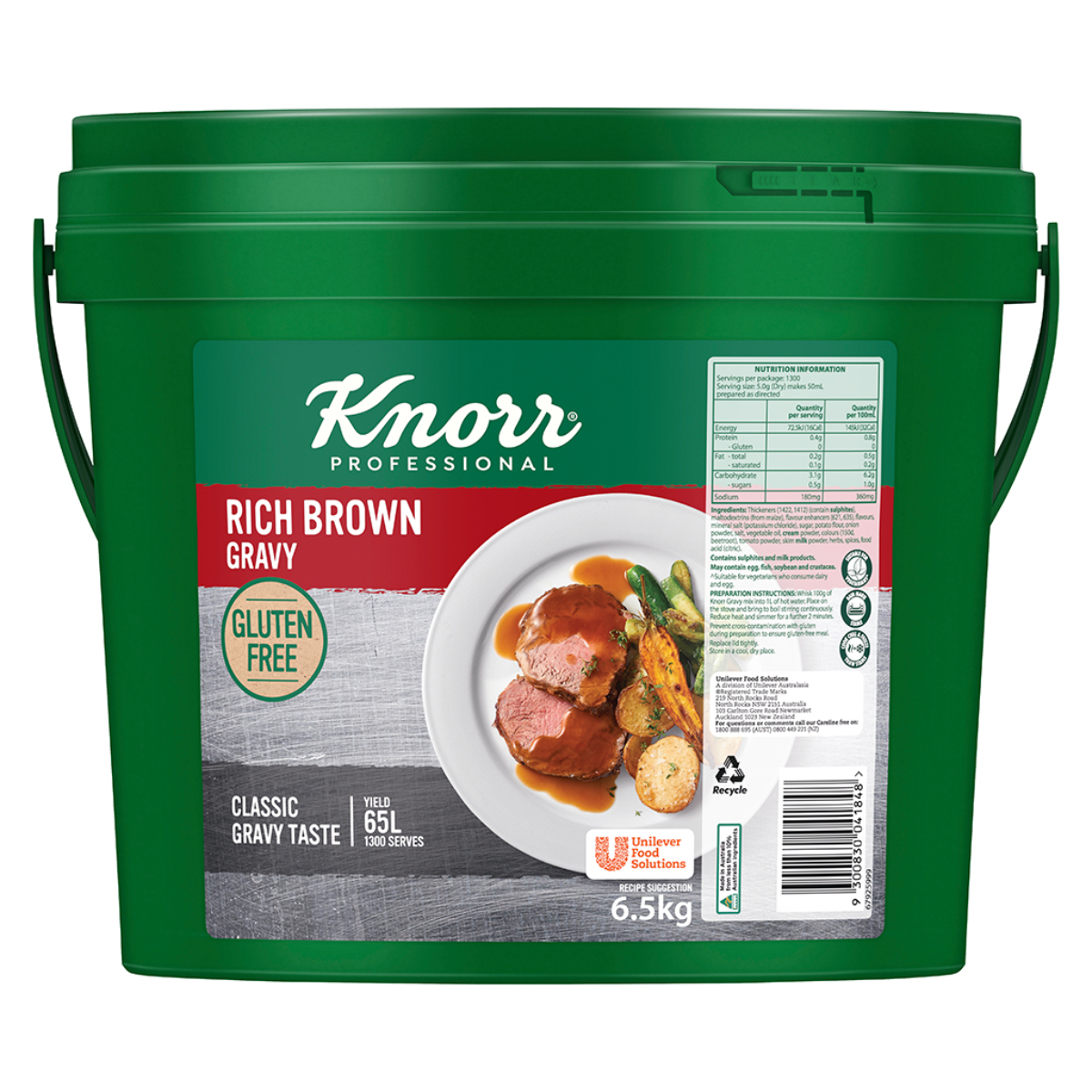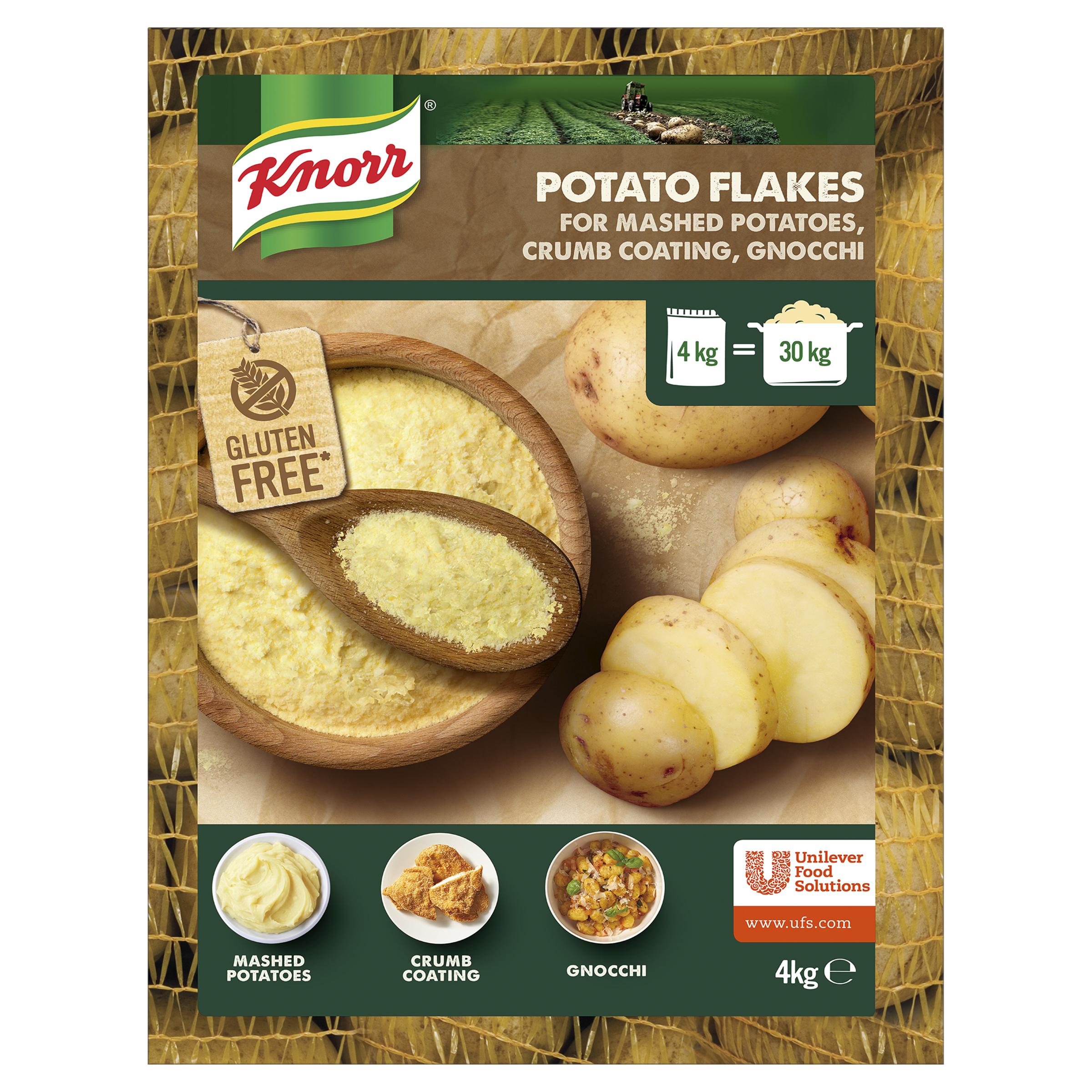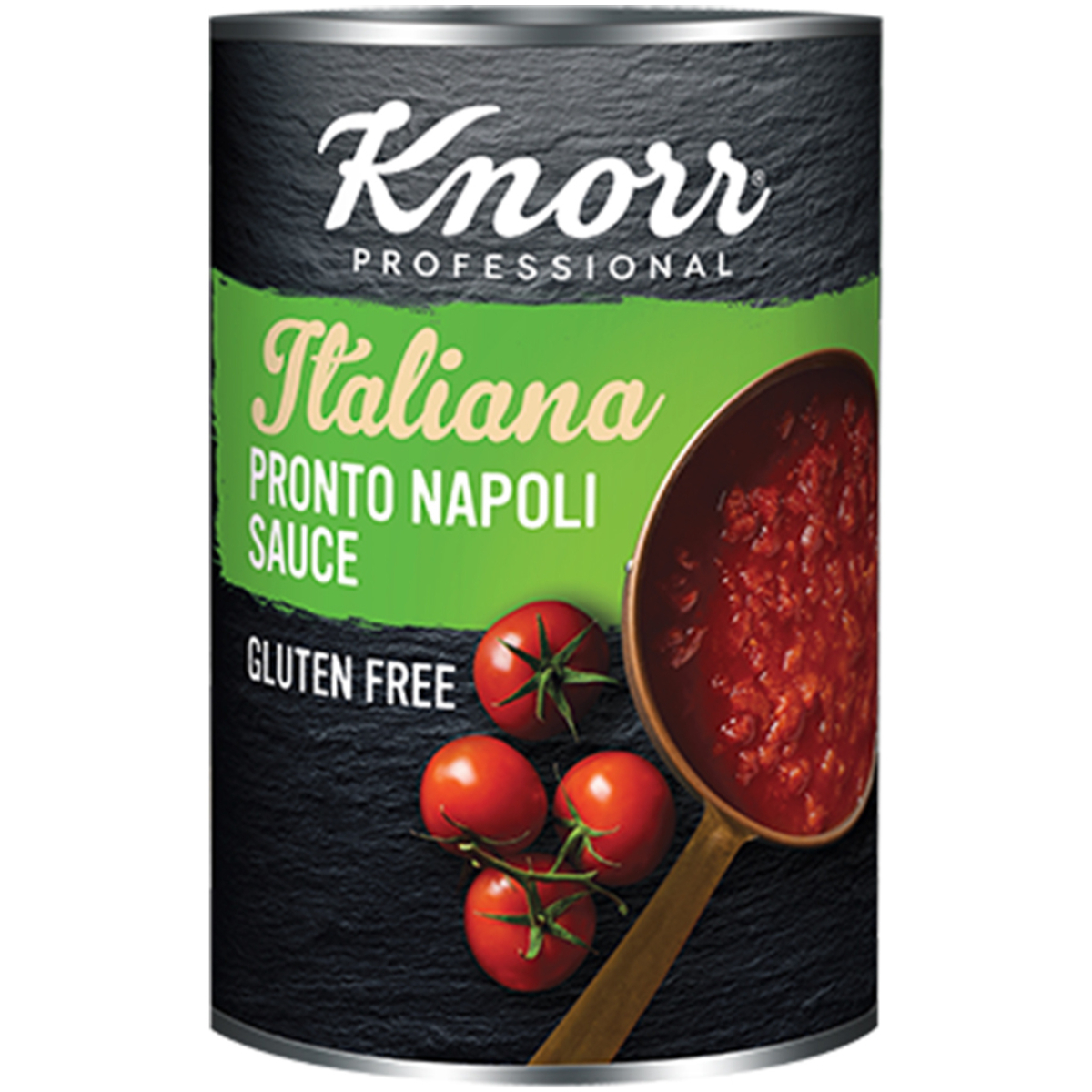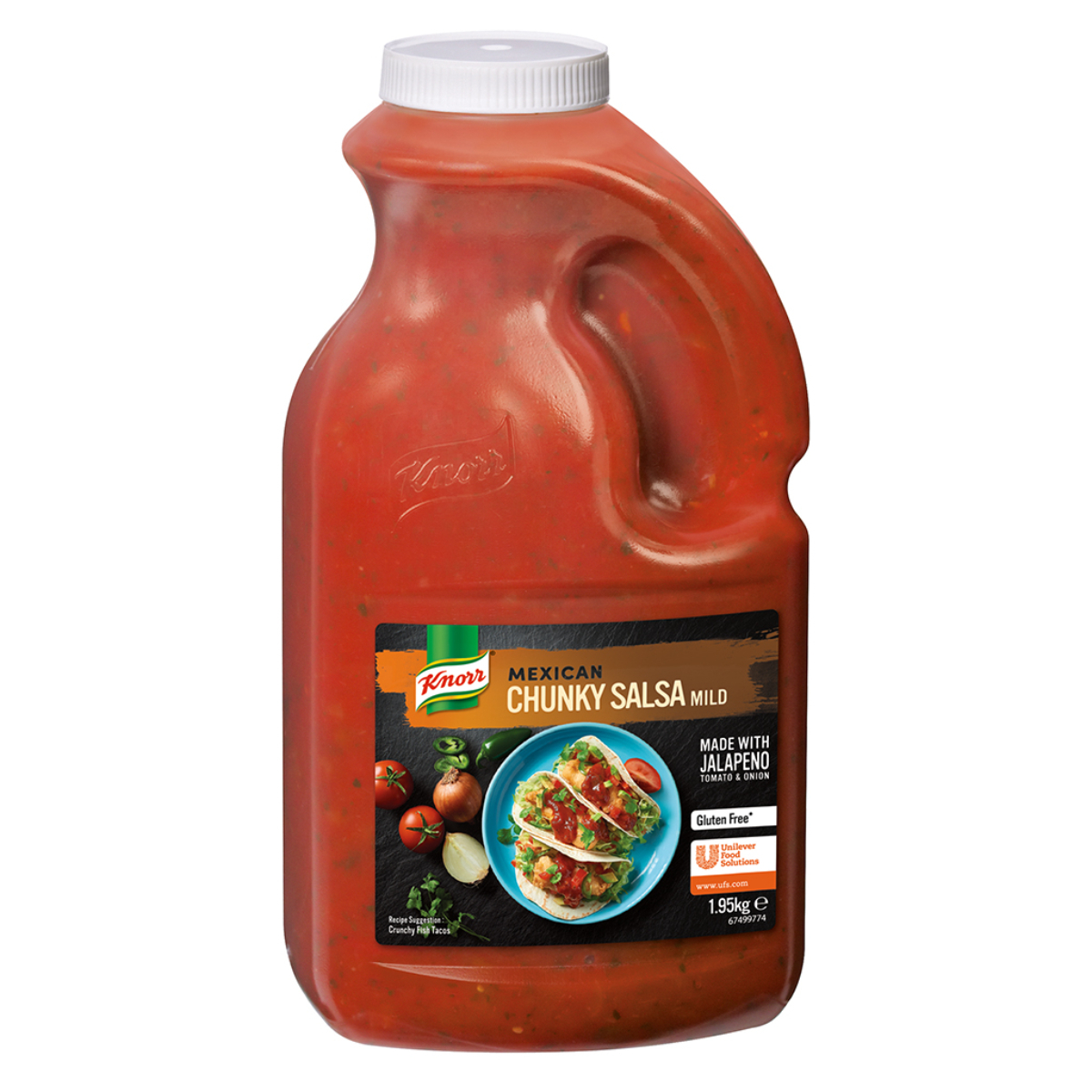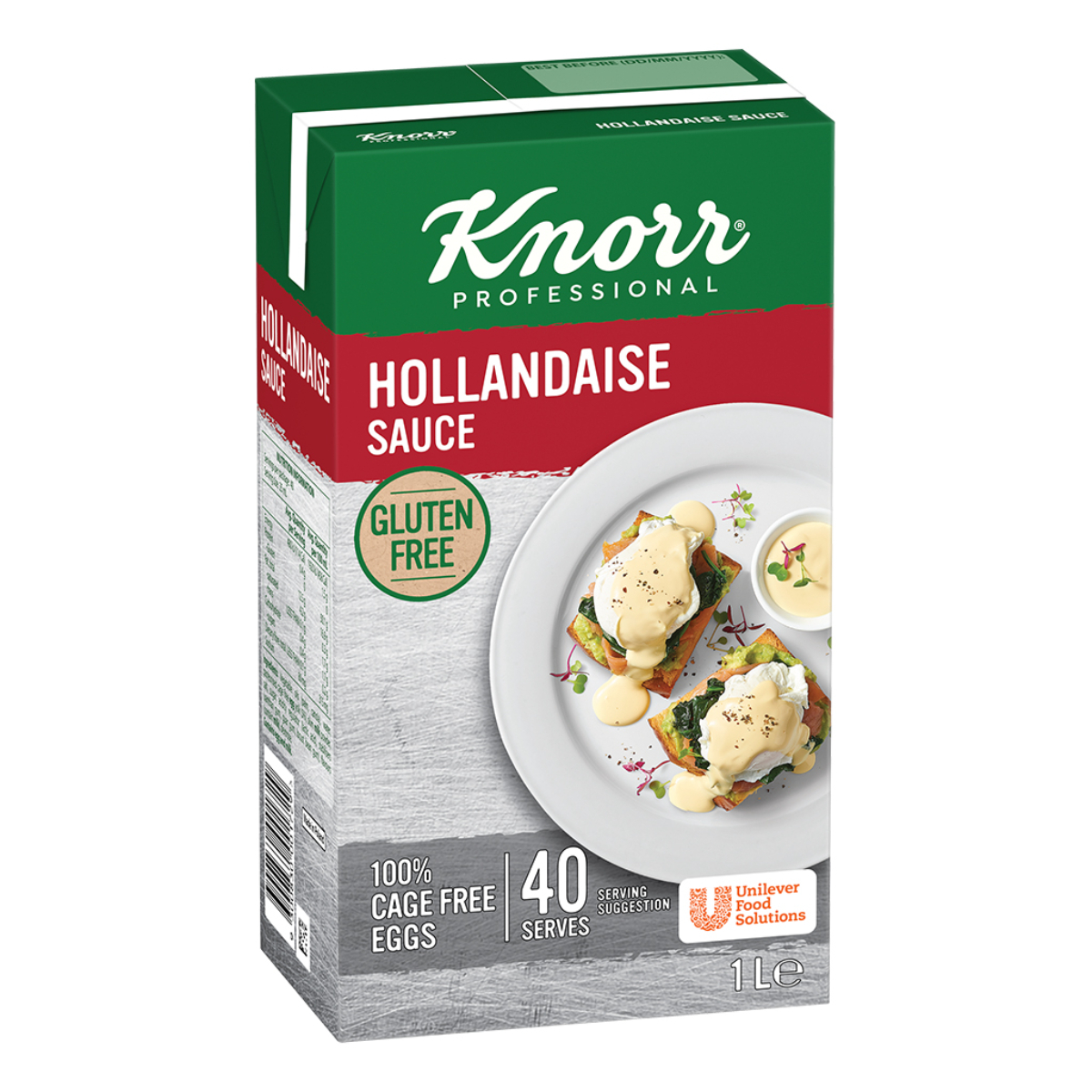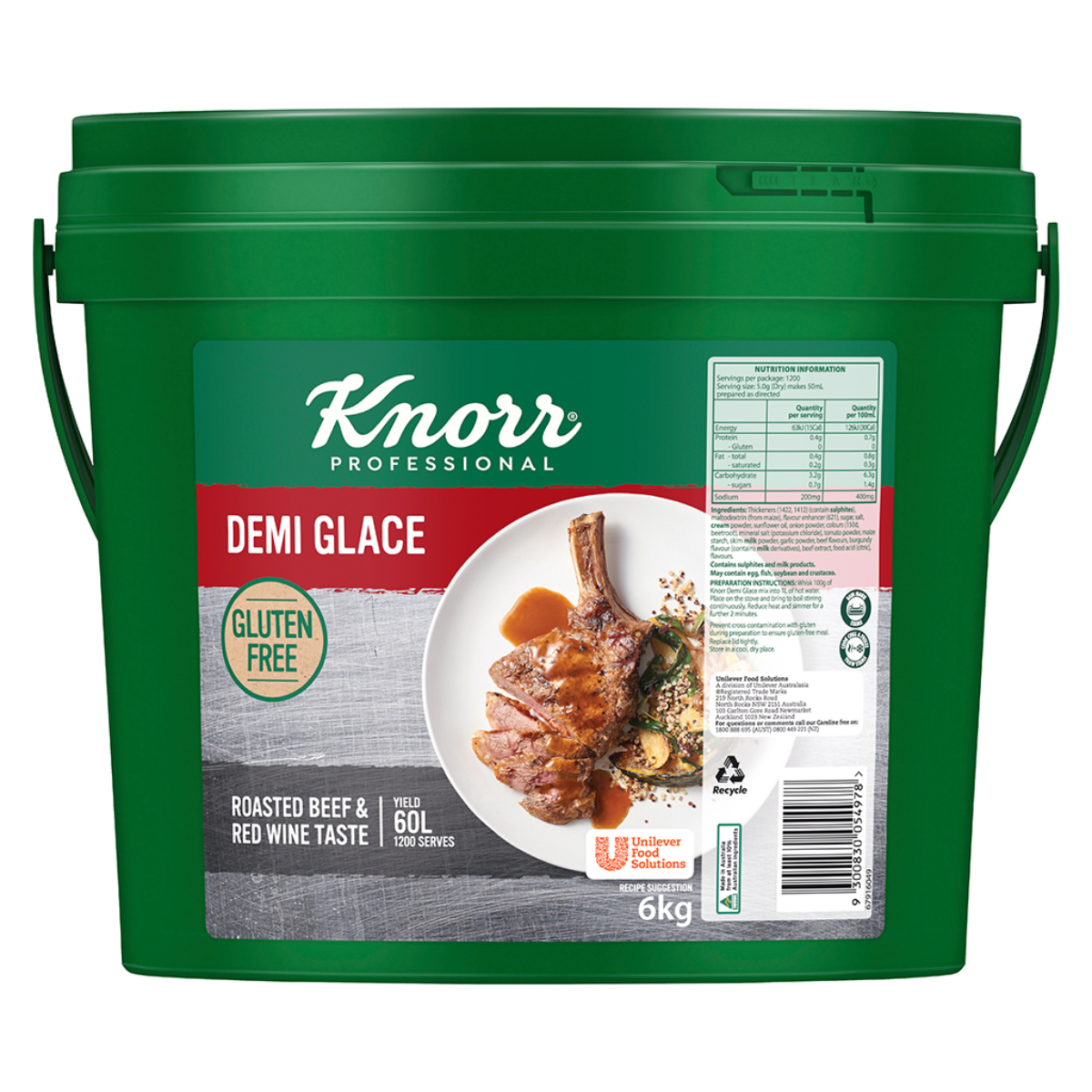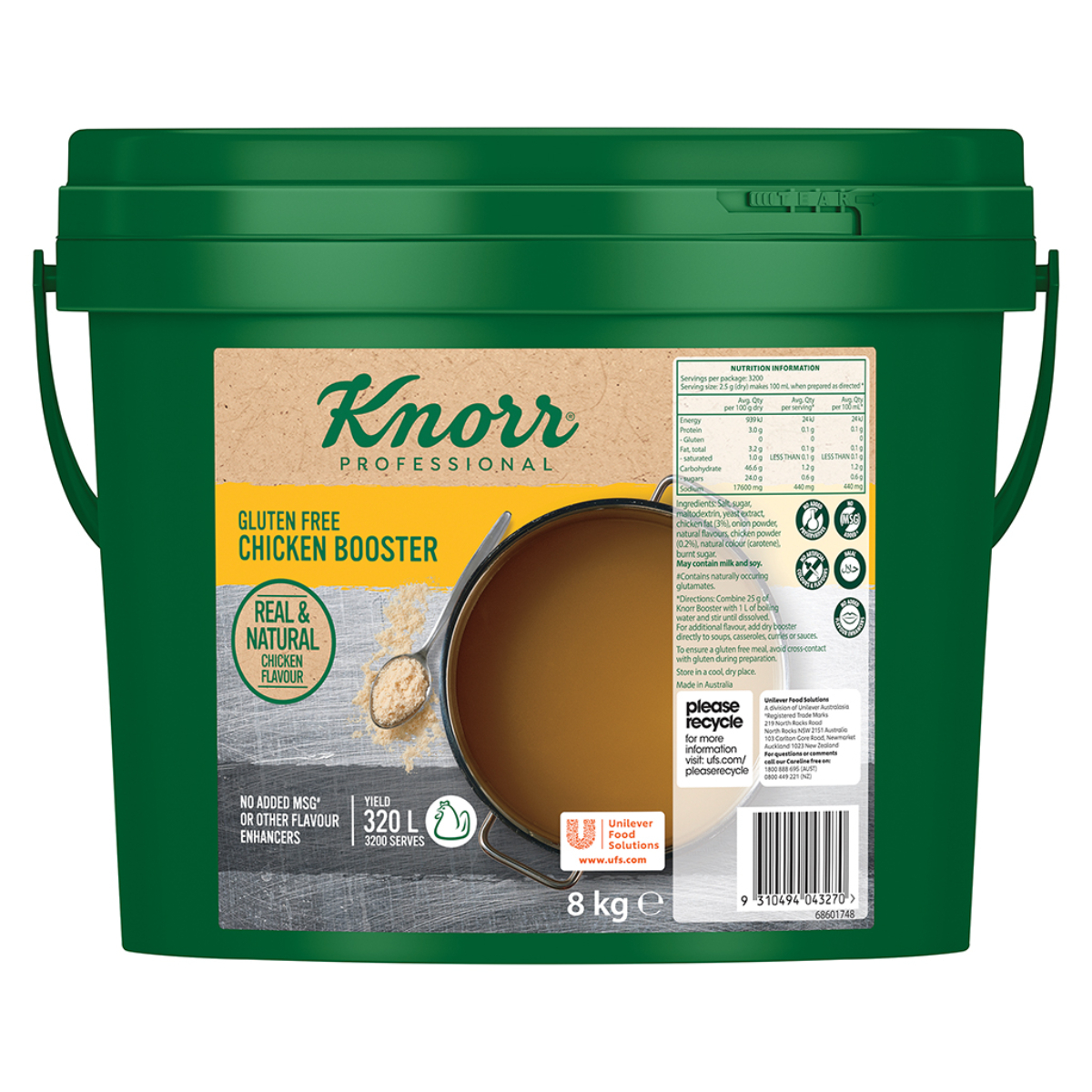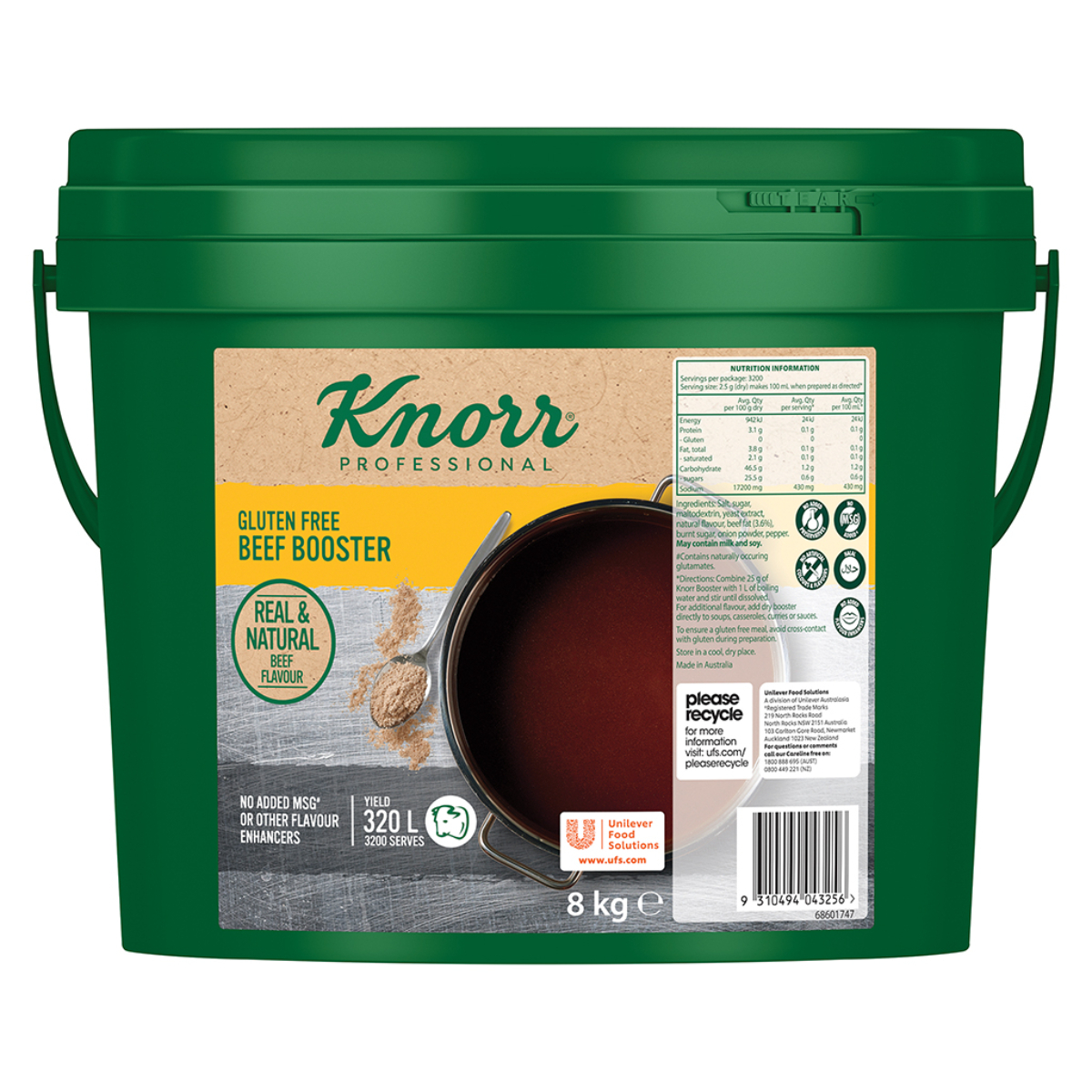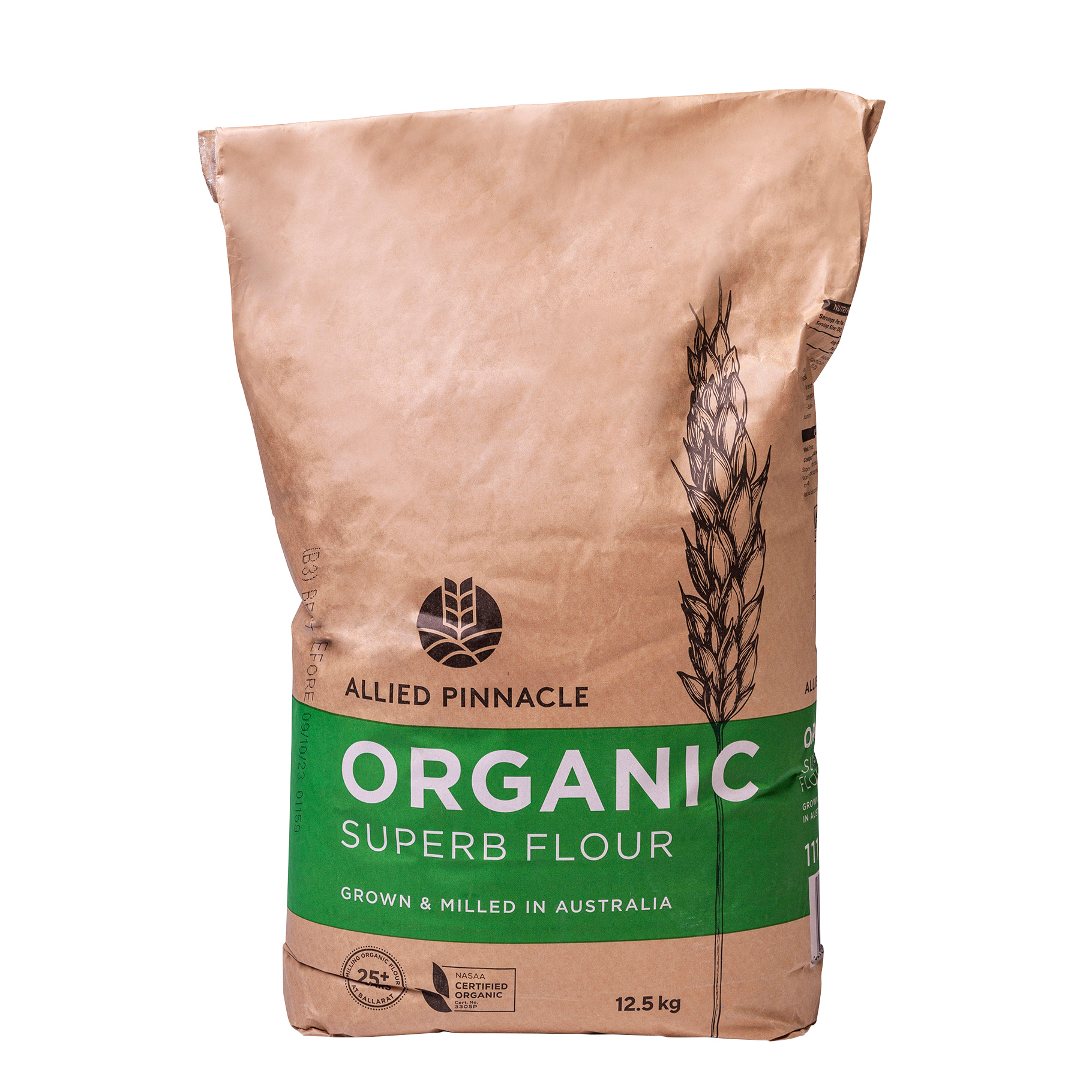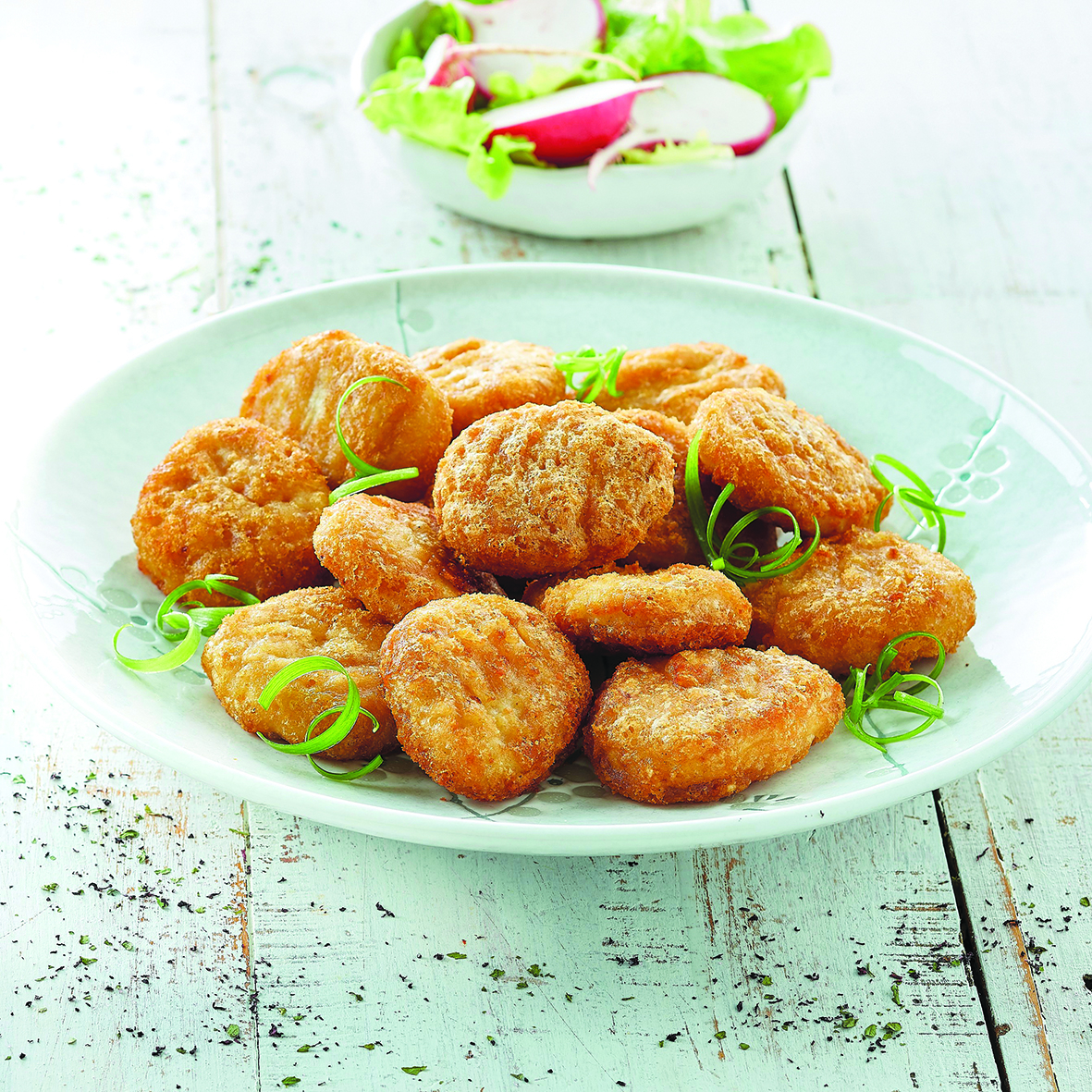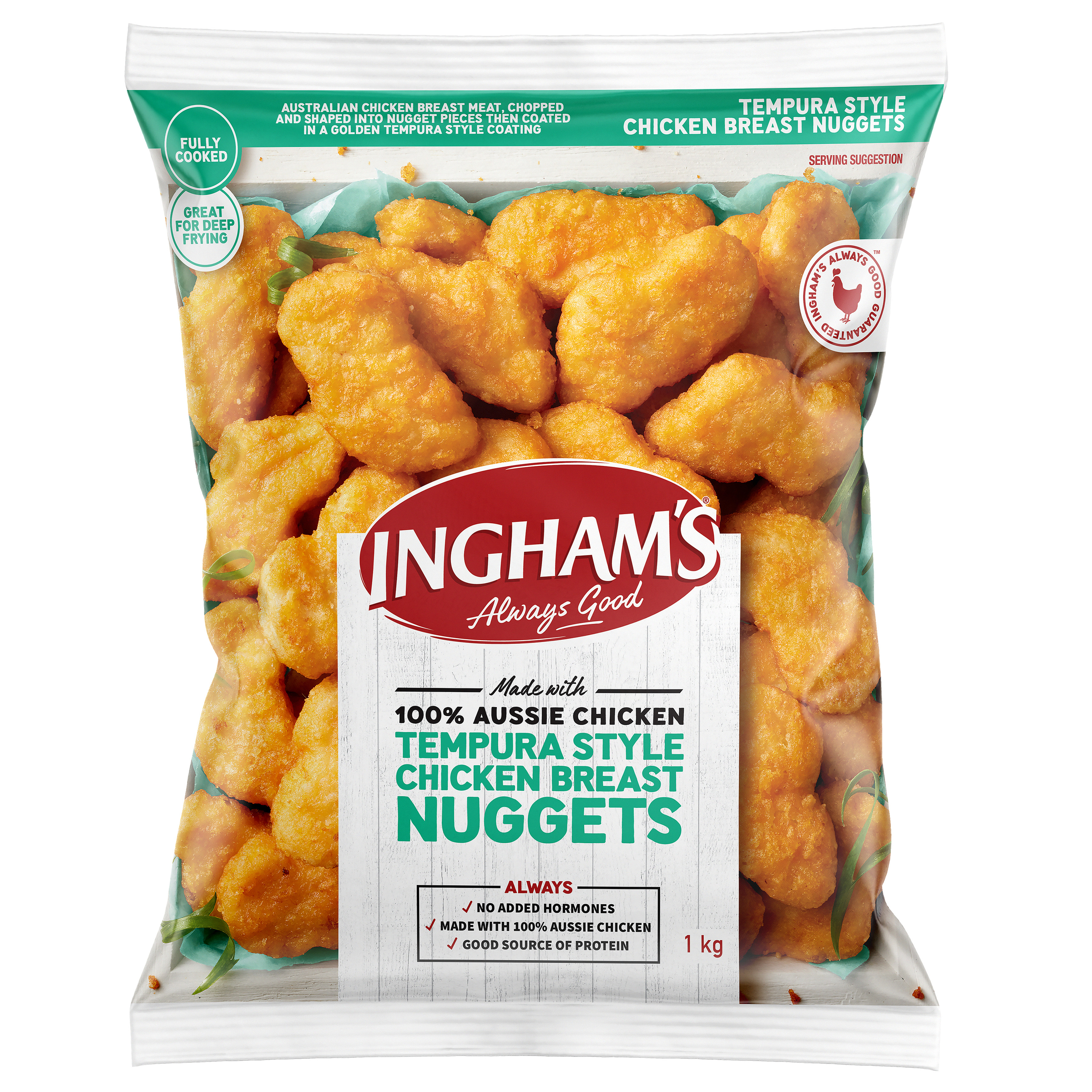Hot cross bun madness… creates returning customers:
Hot cross buns are everywhere. While the supermarkets battle it out with flavour combinations including Coles’ Vegemite and cheese, IGA’s Yarrows cinnamon jam doughnut and Woolworths’ Fairy Bread – bakeries, cafes and restaurants are getting on board too, with Din Tai Fung’s hot cross bao, Tokyo Lamington’s hot cross lamington packs and Humble’s dulce de leche. There’s a hot cross bun for everyone.
“People love them because they’re only available for a limited season,” says Ben Milgate, co-owner of Sydney’s Humble bakeries (pictured above; image supplied). “You’ve got to get them while you can.”
This year Humble have classic buns and the ‘reu-bun’ (filled with pastrami, sauerkraut and pickles) alongside their caramel version and the team likes to work flavours from across their restaurant group (Porteno, Bodega and Bastardo) into seasonal specialties.
“Dulce de leche features in all our venues because of the South American connection and felt like a fun filling for our hot cross buns,” says Milgate. While the ‘reu-bun’ was inspired by a dish from the Bodega menu.
“It’s worth offering seasonal products for the challenge of making it great,” says Milgate. “It does attract a new audience – as people seek out the best hot cross bun each season – and we’d like to think that they return to experience our non-seasonal products too.”
The importance of small indulgence
The cost of living continues to be a pressure point for consumers, but that doesn’t mean we’re not spending, it means we’re shifting how we do it. This is playing out in the ideas of small indulgences (explained here by BrainReserve) that don’t bust the budget but still bring instant joy. It’s a small and affordable reward for a stressful life.
“Without a doubt we’ve seen that people still want their sweet treats,” says Caroline Kropack, owner and creator of Melbourne’s Brazen Brownies. “But we’ve noticed that people are more discerning about how they’re spending their money.”
The brownie designer says that while customers are not buying up in bulk or on a whim, they are willing to create smaller moments of indulgence by seeking out single brownies.
“They’re not necessarily buying the bigger pieces of brownie [to take away], but customers still look for that moment of joy and the individual piece.”
She says that for consumers the smaller cost of a single piece is easier to justify and therefore creates less guilt in that indulgent moment.
But if we’re looking for smaller indulgences, we’re also insistent on quality. For Kropack that means consumers are highly engaged when she can tell them her products are made with butter from Warrnambool and free-range eggs from Bendigo, circling back to the provenance trend.
“It makes a huge difference to how they feel about spending their money,” she says.
Delving into provenance and combining international with local
We mentioned in February that provenance is back on the agenda post-COVID, including an interest in seeing and touching where our food is from. While this can play out as a focus on local ingredients, there’s also an interest in the provenance of imported goods to support cherished traditions.
“It’s especially important for the immigrant community,” says Maree Rodriguez of Rodriguez Bros. in Villawood, NSW. “If they are not happy with something they will make sure that we know it,” she laughs. For Rodriguez, the provenance of products is twofold; the authenticity of the imported spices in their smallgoods, married with the benefits of the Australian pork they use. Knowing where each comes from is key for their brand and reflects current consumer interest.
“Customers can taste the ‘back home’ flavours. But they also taste the quality of Australian pork,” she says. The family grows and sources spices from small farms in Spain, specifically for the distinctive agridulce paprika from one small region.
According to Rodriguez, there is simply nothing else like it thanks to cultivated variation, terroir and farming practices that cannot be replicated.
“But we can tell you where everything comes from, and our customers can taste where the spices are from and they know,” she says.
The young guns of the industry are getting younger all the time
Entrepreneurs in the food space are getting younger and creating their own audience thanks to social media. Sweet sensation Morgan Hipworth of Bistro Morgan, was just 15 when he burst onto the baking scene some eight years ago. The same can be said of Jonathan Massaad of Cake Mail cake delivery fame, who was 17 while running his Sugar High Dessert business, before starting his cake delivery business.
But the age limit continues to drop with the likes of tween Patrick Dale making a name for himself as a master marshmallow maker – at the age of just 12 – winning gold for his Sweet Tooth Marshmallows in blind taste tests at the Sydney Royal competitions against established confectionery makers, and this month showcasing product at the Sydney Royal Easter Show.
“It can be hard for young people’s voices to be heard sometimes,” says Dale, whose marshmallow business is near Port Macquarie in NSW.
“But [food service and hospitality] is a great industry where people will support a 12 or a 15-year-old with a good idea.”
Dale developed his own marshmallow recipe at home and went on to secure certified food production spaces to accommodate his marshmallow orders.
“Kids actually see the world in a different way to adults,” he tells InSeason. “We see it more simply; we don’t overcomplicate it.”
The trend for taking young minds seriously is certainly a benefit to the food industry.
“People do listen in this industry and that’s great because we can share ideas.”
March’s social media trends
Will it waffle? People are smashing everything into waffle presses to see what the results are. Some are delicious… and some are not. It’s making Instagram and TikTok a little messy.
Gin and jam: The easiest cocktail in the world lets you simply flavour your budget gin with whatever jam you like, from marmalade to raspberry, or even lemon curd. TikTok is awash with simple cocktails.
Easter cheese boards: This is the savoury/sweet trend where we see brie cheese shaped into Easter bunnies and surrounded by veggies cut to look like verdant fields and filled with marshmallow flowers and Easter treat surprises.



